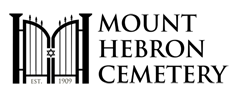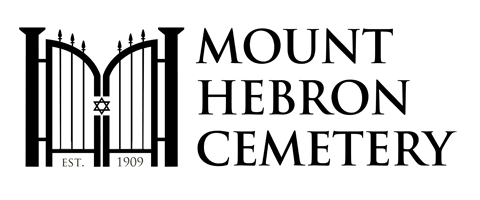Story Summary:
The Adler's Young Mens Independent Association was founded in New York in 1884 by immigrants from Kovno (Kaunas), Lithuania. Named after Rabbi Israel Salander Adler, the association provided sick and death benefits, and functioned as a burial society. The society also maintained both a free loan fund and relief fund. The society (dissolved in 2002) uses Mount Hebron Cemetery and Washington Cemetery. Having settled in 1410, the Jews of Kovno engaged in numerous professions and endorsed both religious and cultural life. Many were exiled following the Soviet invasion of Lithuania in June of 1940. After German occupation later that month, about 35,000 people were relocated into the Kovno ghetto. Many were either deported or killed at Fort IX. When the town was liberated by the Soviet Army in August of 1944, only about 500 had survived. We are able to learn of the experiences of those who perished by way of their diary entries, photographs, and drawings. May their memory live on.
Adler’s Young Mens Independent Association Blog
The Adler’s Young Mens Independent Association was founded in New York in 1884 by immigrants from Kovno (Kaunas), Lithuania. Named after Rabbi Israel Salander Adler, the association provided sick and death benefits, and functioned as a burial society. The society also maintained both a free loan fund and relief fund. The society (dissolved in 2002) uses Mount Hebron Cemetery and Washington Cemetery.
The Jews of Kovno are known to have first settled in 1410. They engaged in both commercial and artisan professions. Known famously for its Yeshiva in Slobodka, Kovno became the center for Jewish learning. The city itself had nearly 100 Jewish organizations, 40 synagogues, a number of daily newspapers, and many Hebrew/Yiddish schools. According to census reports, there were about 2000 Jews in Kovno in 1847. This number steadily increased, with ~25,000 in 1897 and ~32,000 in 1908.
June 1940 marked the Soviet occupation of Lithuania, where a number of arrests and confiscations of property and businesses occurred. Jewish cultural and religious institutions were destroyed. Thousands of Jews were exiled to Siberia due to anti-semitic newspapers blaming them for Soviet occupation. The Soviet forces fled Lithuania after German forces invaded on June 22, 1941. German occupation of the city occurred two days later.
In July 1941, German Einsatzgruppen (“special action groups”) and their Lithuanian auxiliaries began to carry out the systematic murder of over 5000 Jews from Kovno and neighboring towns. In late July/early August, about 35,000 people were relocated to the ghetto. The ghetto was sealed on August 15th, 1941.
The ghetto was created to provide forced labor for the Germans and their military. The Jewish council, headed by a Dr. Elchanan Elkes, created different workshops for women, children, and the elderly who were unable to participate in the forced labor. The workshops employed over 6,000 people, in hopes they would be spared during deportations. In October of 1941, part of the ghetto was liquidated and its inhabitants were killed at Fort IX. During the same month, the Germans organized what is called the “Great Action”, where almost 10,000 people were removed from the ghetto and killed also at Fort IX. In the Fall of 1943, the ghetto was converted into a concentration camp. Those who were unable to provide forced labor were sent to Auschwitz.
Within the ghetto existed resistance groups. The members of these groups acquired arms and trained themselves in designated areas of the ghetto. They also established contact with Soviet partisans in the forests of and around Kovno. In 1943, the General Jewish Fighting Organization was established, uniting all resistance groups. As many as 300 fighters were able to escape the ghetto. 70 lost their lives in-action.
On July 8, 1944, the Germans evacuated the camp and deported the remaining inhabitants to either the Dachau concentration camp or the Stutthof camp. The Soviet Army liberated Kovno on August 1 1944. About 500 survived. (90% of Lithuanian Jews that perished in the Holocaust). In the 2005 census, it was recorded that about 300 Jews resided in Kovno. The Jewish community of Kovno made sure to document their experiences in the ghetto in hopes that people would later find the documents and learn of what happened. They shared their stories and experiences through diary entries, drawings, and photographs, and then buried them. Located at the corner of Ariogalos street and Linkuvos street, a memorial stands remembering those who perished during WWII.
http://yivoarchives.org/index.php?p=collections/controlcard&id=34313&top=1
https://encyclopedia.ushmm.org/content/en/article/kovno
https://www.jewishvirtuallibrary.org/kovno-kaunas-lithuania-jewish-history-tour
https://www.yadvashem.org/righteous/stories/kovno.html
https://encyclopedia.yivo.org/article/1916
https://www.worldjewishcongress.org/en/news/this-week-in-jewish-history--kovno-ghetto-liberated-by-soviet-army
~Blog by Olivia Scanlon




















